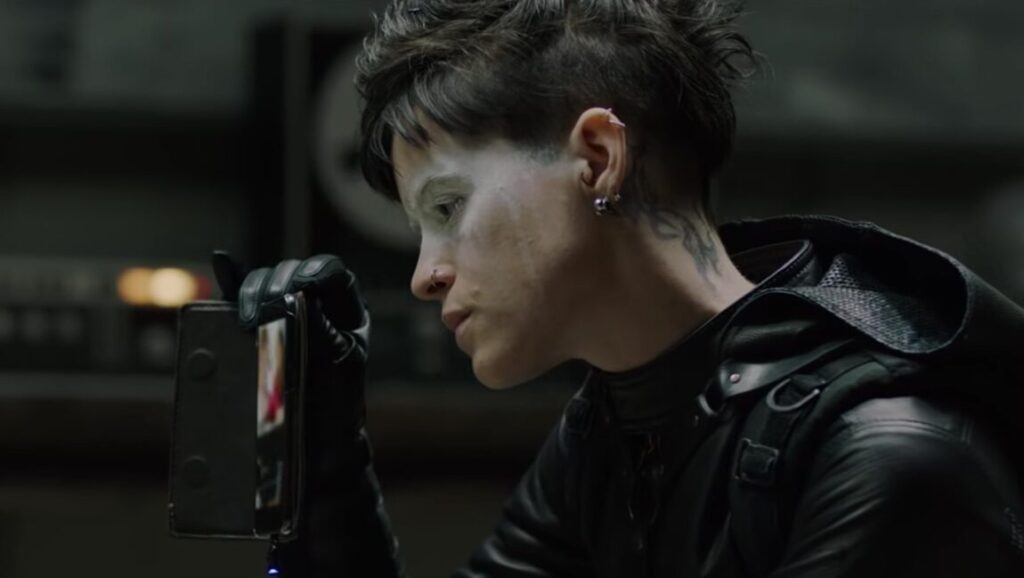David Fincher’s The Girl With the Dragon Tattoo was less about the mystery of a serial killer picking off women, more about investigating its lead character, Lisbeth Salander. Nearly a complete enigma, Salander nevertheless served as a nodal point for Fincher’s obsession with digital/analog contrasts and his penchant for leaning into pulp tropes with a knowing, pandering smirk. This Salander was a riddle, and more importantly, a fetish object — just like the metadata used to solve the film’s pivotal crime. She was a character who rebelled against any classification as a tough-girl heroine, by being vaguely disgusted by the idea of female victimhood. Naturally, this junk-food sequel, The Girl in the Spider’s Web, waters Salander down into a cheap quasi-feminist vigilante with an array of James Bond-like gadgets and secret hideouts, while miring her in a plot about an autistic child hiding nuclear launch codes from an army of malicious hackers, led by Salander’s estranged sister.
The sad part is that if director Fede Alvarez had any skill at all, beyond a nice eye for placid compositions, or the screenwriters had an ounce of imagination, this heightened goofiness might actually have worked.
Spider’s Web opens with an absurd, character-betraying scene of Salander getting revenge on an abusive husband for beating his wife. She’s a superhero now, an avenger; “the girl who hurts men who hurt women,” as another character puts it. She’s essentially a cartoon. The hushed, almost monastic pace and tone of the Fincher film (and its Salander’s likeminded demeanor) is abandoned for an action movie’s pinball plotting, hurtling us from Stockholm, to the NSA, and back while everyone stares at computer screens that say things like “Hack 90% complete” or display impenetrable grids of symbols that mean nothing but require someone to breathlessly intone “We’re in.” Guys with machine guns blow-up spy movie hideouts. Salander has an iPhone that can evidently remotely control any car. The sad part is that if director Fede Alvarez had any skill at all, beyond a nice eye for placid compositions, or the screenwriters had an ounce of imagination, this heightened goofiness might actually have worked. Slick spy-movie Salander isn’t a terrible idea on its face; she could have been a tantalizing Mabuse-esque shadow figure, manipulating events from her underground lair as minions who don’t even know they’re being controlled do her bidding. Instead, we’re forced to settle for a couple of shootouts, car chases, and token gestures of empowerment.


Comments are closed.